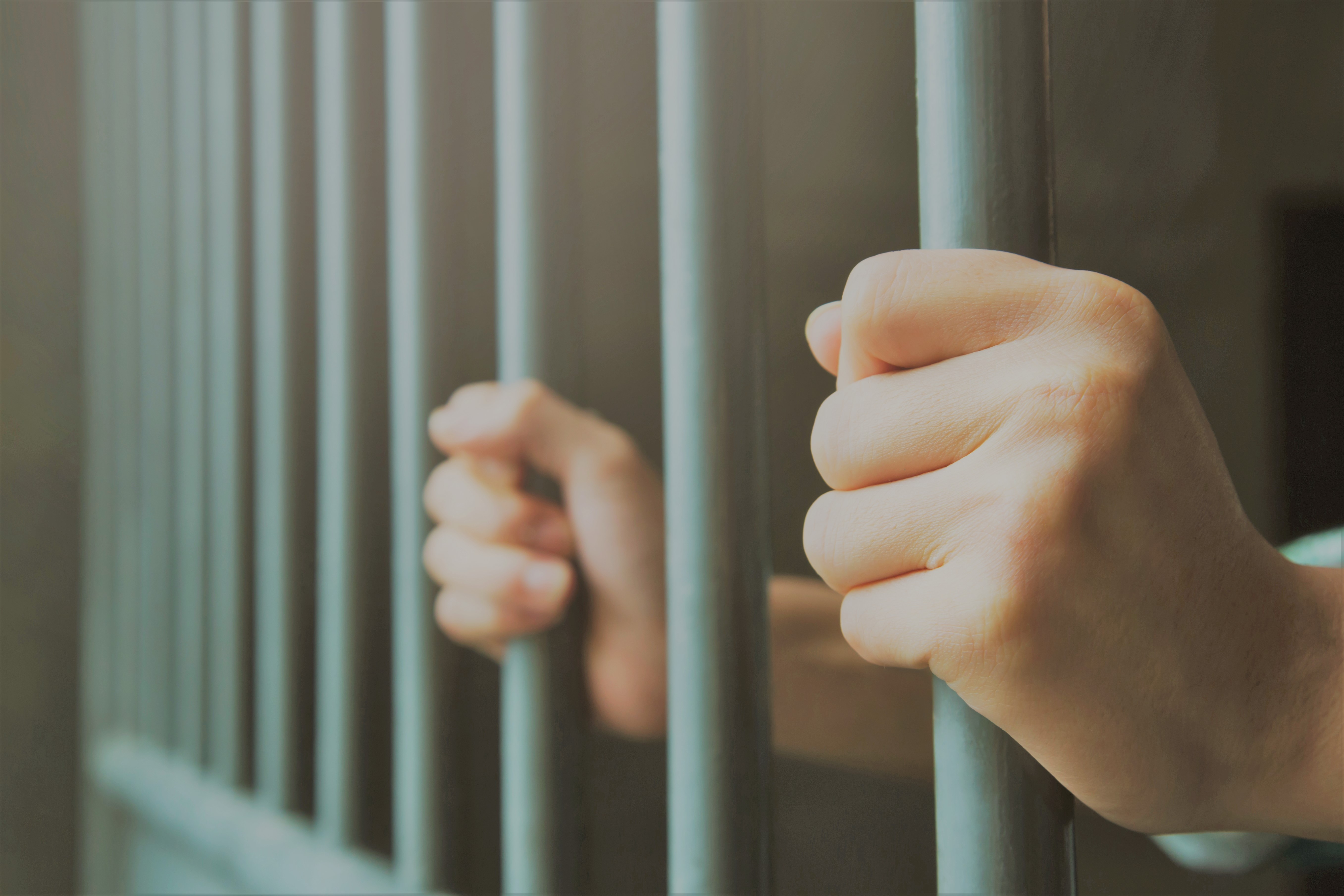Contact Us
To provide feedback on the Community Policing Dispatch, e-mail the editorial board at CPDispatch@usdoj.gov.
To obtain details on COPS Office programs, publications, and resources, contact the COPS Office Response Center at 800-421-6770 or AskCopsRC@usdoj.gov

U.S. Department of Justice
Office of Community Oriented Policing Services
Washington, DC 20530
 Each year, between 700,000 and 800,000 people are released from incarceration into the community (Durose, Cooper, and Snyder 2014; Carson 2018). Their release serves as a second chance, an opportunity to repair damages caused by their entry into the criminal justice system. In April 2008, Congress passed the Second Chance Act (SCA), which “supports state, local, and tribal governments and nonprofit organizations in their work to reduce recidivism and improve outcomes for people returning from state and federal prisons, local jails, and juvenile facilities.” One of the SCA’s provisions designates April as National Second Chance Month: a time to focus on prevention, barriers to reentry, and social support of citizens before and after entering the criminal justice system.
Each year, between 700,000 and 800,000 people are released from incarceration into the community (Durose, Cooper, and Snyder 2014; Carson 2018). Their release serves as a second chance, an opportunity to repair damages caused by their entry into the criminal justice system. In April 2008, Congress passed the Second Chance Act (SCA), which “supports state, local, and tribal governments and nonprofit organizations in their work to reduce recidivism and improve outcomes for people returning from state and federal prisons, local jails, and juvenile facilities.” One of the SCA’s provisions designates April as National Second Chance Month: a time to focus on prevention, barriers to reentry, and social support of citizens before and after entering the criminal justice system.
When discussing reentry, and second chances, it is important to discuss recidivism. The National Institute of Justice defines recidivism as “one of the most fundamental concepts in criminal justice. It refers to a person's relapse into criminal behavior, often after the person receives sanctions or undergoes intervention for a previous crime.” Recidivism can encompass a return to incarceration, due to violations of supervised release, parole, or probation; new arrests; and new convictions. A 2010 United States Sentencing Commission report exploring recidivism of federal offenders found that “over an eight-year follow-up period, nearly one-half (49.3 percent) of federal offenders released in 2010 were rearrested” (Cotter, Semisch, and Rutter 2022). State prisoner recidivism rates average around 68 percent for rearrests within the first three years post-release (Alper, Duros, and Markman 2018). This rate increases to 79 percent and 83 percent at five and nine years post-release, respectively (Alper, Durose, and Markman 2018). In all, at least half of citizens released from incarceration will recidivate in some way following release.
 A major contribution to recidivism rates throughout the United States is lack of resources or connection to resources that aid prisoners’ prosocial integration into the community. “People exiting prison from long-term confinement need stronger support around them. Many people exhibit a low crime risk but have high psychological, financial, and vocational demands that have been greatly exacerbated by their lengthy incarceration” (Nellis 2021). Additionally, unemployment presents a significant barrier to many reentrants, as employment is essential to securing other major needs such as food, shelter, and clothing. Unemployment rates for reentrants are significantly high: “formerly incarcerated people are unemployed at a rate of over 27 percent, higher than the total U.S. unemployment rate during any historical period, including the Great Depression” (Kopf and Couloute 2018).
A major contribution to recidivism rates throughout the United States is lack of resources or connection to resources that aid prisoners’ prosocial integration into the community. “People exiting prison from long-term confinement need stronger support around them. Many people exhibit a low crime risk but have high psychological, financial, and vocational demands that have been greatly exacerbated by their lengthy incarceration” (Nellis 2021). Additionally, unemployment presents a significant barrier to many reentrants, as employment is essential to securing other major needs such as food, shelter, and clothing. Unemployment rates for reentrants are significantly high: “formerly incarcerated people are unemployed at a rate of over 27 percent, higher than the total U.S. unemployment rate during any historical period, including the Great Depression” (Kopf and Couloute 2018).
Innovative steps towards addressing the lack of resources and vocational skill necessary to gain suitable employment and maintain a prosocial existence in the community are essential if released prisoners are to be given a true second chance. To support this effort, many organizations across the country have implemented strategies to support prisoners in the reentry process:
- In Iowa, Hawkeye Community College has developed the Pathways to Education and Employment for Reentry (PEER) program. PEER supports incarcerated persons and those who have been released from incarceration with resource referrals, educational and career counseling, and hands-on job training. Engaging prisoners in employment training before their release fosters a connection with services to support employability upon release.
- In San Francisco, California, The Last Mile offers a pathway into careers in tech during incarceration and release through a hands-on software development curriculum in Web Development Fundamentals and MongoDB, Express, React, Node (MERN) Development divided into two six-month training cohorts. When it started in 2010, the technological training program was the first of its kind and has since expanded to six additional states. Providing prisoners with a technological skills portfolio prior to release allows them access to technological career pathways when they enter the community.
- In Washington, D.C., the EZ Street Music Industry Academy takes a unique approach to connecting with reentrants through exploring creative artistry in music, visual and performance arts, and media production. Participants in the program receive life skills and job readiness training, hands-on training in music and video production, and exposure to broadcast media. Exposure to various creative outlets provides participants with skills that can translate into careers within the media industry.
Innovative strategies like these to assist incarcerated persons and reentrants can support efforts to reduce recidivism and increase public safety by offering a true second chance upon release.
For more information about reentry, the following COPS Office publications are available:
- Prisoner Reentry and Community Policing: Strategies for Enhancing Public Safety
- Planning and Assessing a Law Enforcement Reentry Strategy
LaToshia Butler
Policy Analyst
COPS Office
Ebonyque Taylor
Social Science Analyst
COPS Office
References
1. Alper, M., M.R. Duros, and J. Markman. 2018. "2018 Update on Prisoner Recidivism: A 9-Year Follow-Up Period (2005- 2014)." Special Report NCJ 250975. Washington, DC: US Department of Justice, Office of Justice Programs, Bureau of Justice Statistics. https://www.bjs.gov/content/pub/pdf/18upr9yfup0514.pdf.
2. "Second Chance Act." National Reentry Resource Center. Accessed March 8, 2022. https://nationalreentryresourcecenter.org/second-chance-act.
3. "Recidivism." National Institute of Justice. Accessed March 8, 2022. https://nij.ojp.gov/topics/corrections/recidivism.
4. Carson, A. 2018. Prisoners in 2016. Washington, D.C. Bureau of Justice Statistics.
5. Cotter, R., C. Semisch, and D. Rutter. 2022. Recidivism of Federal Offenders Released in 2010. Washington, DC: United States Sentencing Commission. https://www.ussc.gov/research/research-reports/recidivism-federal-offenders-released-2010.
6. Durose, M.R., A.D. Cooper, and H.N. Snyder. 2014. "Recidivism of Prisoners Released in 30 States in 2005: Patterns from 2005 to 2010." NCJ 244205. Washington, D.C.: Department of Justice, Office of Justice Programs, Bureau of Justice Statistics.
7. Nellis, A. A New Lease on Life. The Sentencing Project, June 30, 2021. https://www.sentencingproject.org/publications/a-new-lease-on-life.
8. Kopf, D., and L Couloute. Out of Prison & Out of Work: Unemployment among Formerly Incarcerated People. Prison Policy, July 1, 2018. https://www.prisonpolicy.org/reports/outofwork.html.
Subscribe to Email Updates
To sign up for monthly updates or to access your subscriber preferences, please enter your email address in the Subscribe box.






